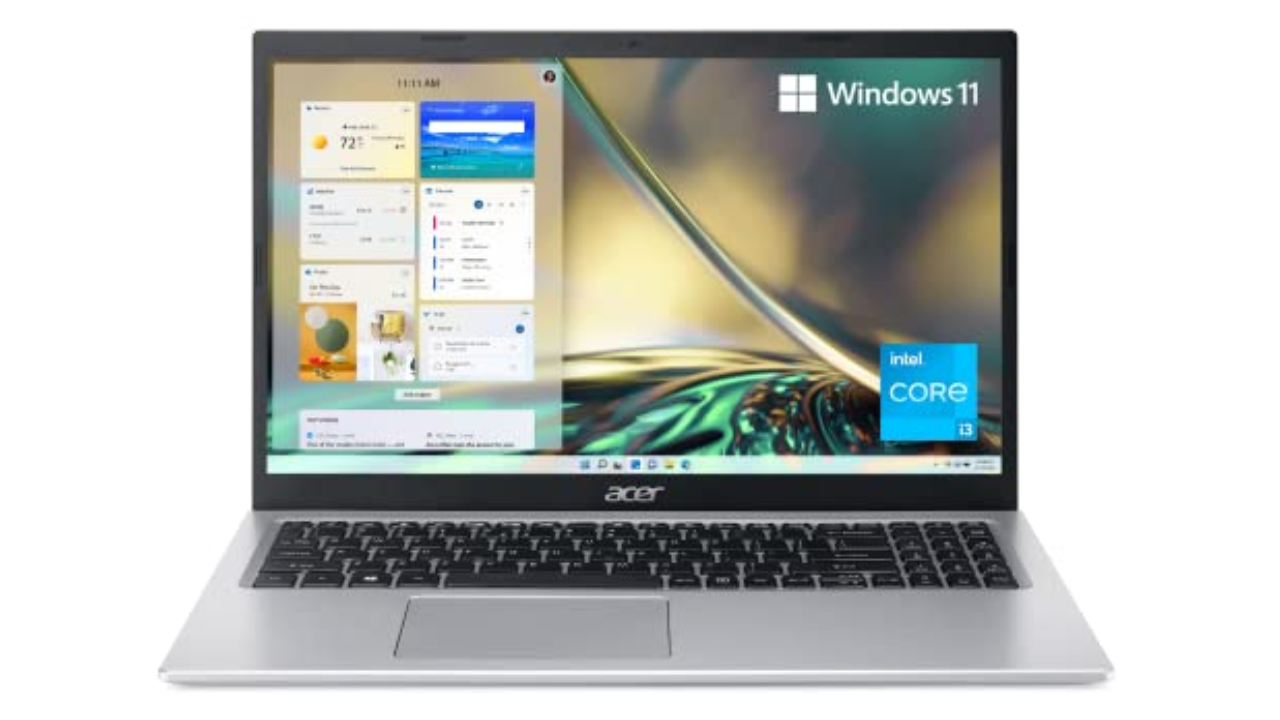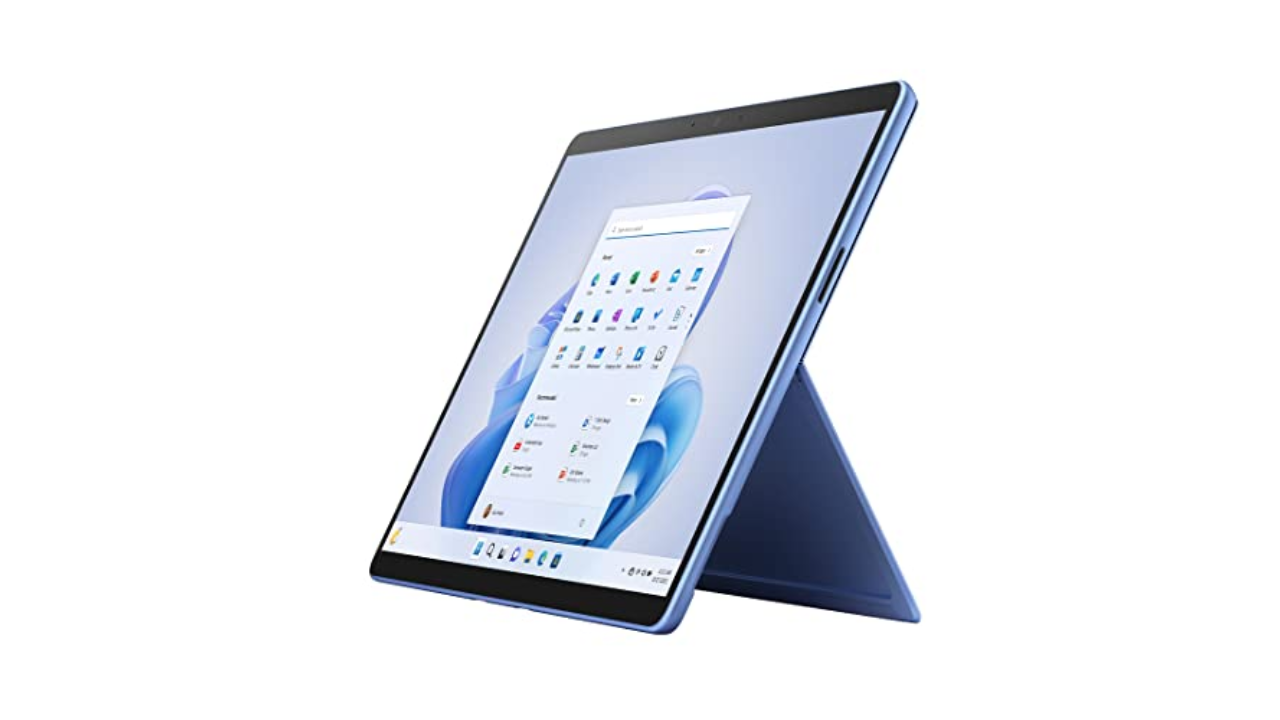The sheer number of brands and configs can make picking the perfect Windows laptops a bit challenging. However, all of those choices also mean there’s probably a notebook out there that has everything you need. Before you start searching, it’s important to figure out how you plan to use your next laptop and how much you want to spend. Regardless of whether you’re looking for a premium ultraportable, a compact gaming rig or a beefy mobile workstation, we’ve got a list of our favorite Windows laptops that have been tested by editors across a range of prices and setups.
However, one important thing to remember is that it’s only been a few weeks since CES 2024, when most of the big OEMs showed off all of their new models for the upcoming year. So for anyone hoping to buy something with the latest and greatest hardware, you may want to consider waiting until later in 2024 when more of these new systems become available for purchase (and after we’ve had the chance to test them out).
Performance
The challenge when thinking about performance is figuring out your sweet spot. That’s because while a laptop with blazing speed is nice, you may be paying for more oomph than you need. But if you skimp and get a weak processor, even simple tasks can become a chore and you might end up in a situation where you need to upgrade again sooner than you’d like. Performance is more than just clockspeeds too, so we also consider things like fast wake times, storage speeds, multitasking and more advanced features like support for ray tracing.
Display and webcams
Regardless of whether a notebook has a touchscreen or a more traditional panel, we look for bright displays (300+ nits or more) that are easy use outdoors or in sunny rooms, accurate colors and wide viewing angles. Screens with high refresh rates are great for competitive gamers, while those with wider color gamuts are important for content creation. And even if you don’t plan on spending a ton of time on video calls, every laptop needs a decent webcam (1080p or higher).
Ports and connectivity
Even with advancements in cellular modems and WiFi, dedicated ports for transferring data or connecting peripherals can make or break a laptop. Ideally, all but the thinnest and lightest systems come with three USB ports, while things like built-in SD card readers can be extremely handy when trying to import media from a camera. And if a notebook is saddled with a slow or outdated WiFi modem (we’re looking for Wi-Fi 6 or later), that’s basically an immediate disqualification.
Battery life
It doesn’t matter how powerful a laptop is if it conks out when you need it the most. Typically we look for runtimes of at least eight hours on a charge, but longer is always better. That said, on gaming machines with thirsty GPUs, you may have to settle for a bit less. And on bigger machines, it’s also important to consider if the system can charge via USB-C or if it needs a larger, proprietary power brick.
Engadget
Screen size: 13-inch | Touchscreen: No | Processor: 12th-gen Intel Core i5/i7 | Installed memory: Up to 16GB | Storage: Up to 512GB | Weight: 2.56 pounds | Battery life: Up to 12 hours
It’s no surprise that we love the Dell XPS 13. It’s thin, lightweight and it has one of the best screens you can find on a 13-inch ultraportable. And while the XPS 13 doesn’t have the fastest CPU around, a 12th-gen Intel chip is more than enough for a basic workload. The latest XPS 13 model is the slimmest yet, though it loses the headphone jack in the process. If you need a 3.5mm port, or you’re just looking to save some money, it’s also worth considering the slightly older XPS 13 models. And if you want to future-proof your next laptop a bit more, consider the XPS 13 Plus, which comes with 13th-gen Intel processors and is currently the best Windows laptop for college students in our book.
For 2024, Dell is phasing out the classic XPS design for the one we’ve seen on the XPS 13 Plus, which will simply be called the XPS 13 going forward. You may want to hold off on picking up a new XPS until the latest models become available, which is expected to happen sometime in Q1.
- Lightweight and attractive design
- Strong performance
- Lovely screen
$1,099 at Dell

acer
Screen size: 15-inch | Touchscreen: No | Processor: 11th-gen Intel Core i3 | Installed memory: 8GB | Storage: 128GB | Weight: 3.64 pounds | Battery life: Up to 10 hours
There’s a reason we selected the Acer Aspire 5 as our top choice in our best budget Windows laptop guide: It’s sturdy, fast enough and offers decent battery life. We typically don’t expect much with laptops under $500, but the Aspire 5 has consistently been a solid performer. It’s an ideal laptop for students or kids, or for anyone who isn’t particularly demanding. We’re also surprised by the port selection it offers, including HDMI and Ethernet. While we normally don’t recommend laptops with just 8GB of RAM and tiny 128GB SSDs, those specs are more excusable in the Aspire 5 since it’s so darn cheap. Just think of it as a slightly more capable Chromebook.
- Includes HDMI and Ethernet ports
- Sturdy design
- Decent performance for the price
$370 at Amazon
Will Lipman Photography for Engadget
Screen size: 14-inch | Touchscreen: No | Processor: AMD Ryzen 7/9 | Installed memory: Up to 16GB | Storage: Up to 1TB | Weight: 3.53 pounds | Battery life: Up to 10 hours
Read our full review of the ASUS ROG Zephyrus G14
One of our favorite gaming PCs for years, the ROG Zephyrus G14 remains our choice as the best gaming laptop for most users. It weighs just 3.5 pounds, it sports AMD’s powerful new Ryzen chips and it also has the company’s fastest Radeon RX 6000-series mobile graphics. The ROG Zephyrus G14 has a sleek retro-future aesthetic, a comfortable keyboard and a smooth 144Hz, 14-inch screen. While you’d be more immersed in a 15-inch notebook, those typically cost more and are far heavier than the Zephyrus G14. If you’re looking for a balance between power, style and value, the G14 is an excellent option.
- Powerful performance
- Sleek design
- Great 14-inch, 144Hz screen
- A little on the heavy side
$1,299 at ASUS
Photo by Sam Rutherford / Engadget
Screen size: 14-inch | Touchscreen: Yes | Processor: 13th-gen Intel Core i7 | Installed memory: 16GB | Storage: Up to 1TB | Weight: 3.09 pounds | Battery life: Up to 14 hours
Read our full review of the Lenovo Yoga 9i
Adaptability is the biggest strength of a 2-in-1, with devices like the Yoga 9i capable of transforming into a number of different modes at a moment’s notice. And even though it’s got a relatively portable 14-inch OLED display, Lenovo still found room on the Yoga 9i for three USB-C ports, a fingerprint scanner and a clever rotating soundbar to ensure audio sounds good in any position. Lenovo also includes a free stylus in the box though, sadly, unlike previous models there isn’t a dedicated storage slot for it on the machine anymore. And while its general design hasn’t changed much, Lenovo has improved the Yoga 9i’s performance with updated 13th-gen Intel processors.
- Gorgeous OLED display
- Powerful speakers
- Strong battery life
- Four USB-C ports
- Physical webcam shutter
- Included stylus and travel sleeve
- Whiny fans
- Shallow keyboard
- No built-in stylus storage
$1,400 at Lenovo

Microsoft
Screen size: 13-inch | Touchscreen: Yes | Processor: 12th-gen Intel Core i5/i7 | Installed memory: Up to 32GB | Storage: Up to 1TB | Weight: 1.09 pounds | Battery life: Up to 10 hours
Read our full review of the Microsoft Surface Pro 9
For people who want to travel super light, it’s hard to do better than a tablet-style 2-in-1. And, having basically invented the category, Microsoft’s Surface laptops and tablets are hard to beat. With the Surface Pro 9, you get a bright touchscreen with a 120Hz refresh rate, along with a stylus support. Though, you’ll need to remember to buy one of Microsoft’s folding keyboards (which includes the pen) separately. You also get long battery life and surprisingly powerful speakers. That said unless you’re deeply familiar with using Windows on ARM-based systems, we’d recommend sticking with the Intel-powered version instead of the model based on Microsoft’s SQ3 chip.
- Great AI webcam features
- Excellent hardware design
- Gorgeous 13-inch screen
- Convenient removable SSD
- Built-in 5G
- ARM chip leads to generally slow performance (Intel model is better)
- Still suffers from Surface ergonomic issues
$955 at Amazon
Photo by Sam Rutherford / Engadget
Screen size: 14-inch | Touchscreen: No | Processor: 12th-gen Intel Core i5/i7 | Installed memory: Up to 16GB | Storage: Up to 1TB | Weight: 3.75 pounds | Battery life: Up to 5.5 hours
Read our full review of the MSI Stealth 14 Studio
Regardless of if you’re editing videos or playing games, MSI’s Stealth 14 Studio packs a lot of power in a very portable package. The base model comes with a 1080p screen, but if you have the money, you’ll want to consider the optional 2,560 x 1,600 display, which boasts a faster 240Hz refresh rate and wider color gamut (100% of DCI-P3). At just 3.75 pounds, the Stealth 14 Studio weighs half a pound less than similarly sized rivals while still supporting up to an NVIDIA RTX 4070 GPU. And the redesigned model has a stunning magnesium and aluminum chassis that’s also available in a larger 16-inch model.
- Striking design
- Lightweight and portable
- Solid performance
- Bright 240Hz display
- Up-firing stereo speakers
- Runs hot
- No SD card slot
- Lower-res 720p webcam
$1,900 at Microcenter
Photo by Sam Rutherford / Engadget
Screen size: 18-inch | Touchscreen: No | Processor: 13th-gen Intel Core i9 | Installed memory: Up to 64GB | Storage: Up to 1TB | Weight: 6.75 pounds | Battery life: Up to 3 hours
Read our full review of the Razer Blade 18
Razer’s revamped Blade 18 is a monster. It packs full-fat versions of the most powerful components you can put in a laptop including up to an Intel Core i9 13-980HX CPU and an NVIDIA RTX 4090 GPU that runs at up to 175 watts. You also get a massive 18-inch QHD+ display with a 240Hz refresh, tons of ports (including an SD card reader) and gorgeous per key RGB lighting. Holding everything together is Razer’s unibody aluminum chassis, which offers some of the best build quality on any Windows laptop. The one big downside is price: Starting at $2,900 (or closer to $5,000 for a fully loaded model), the Blade 18 is not for people with limited budgets.
- 240Hz display
- Premium aluminum chassis
- Supports top-notch components
- Great port selection
- Extremely expensive
- Very short battery life
- Big
- No additional display options
$3,633 at Adorama
Credit: Source link








